[et_pb_section admin_label=”section”][et_pb_row admin_label=”row”][et_pb_column type=”4_4″][et_pb_text admin_label=”Text” background_layout=”light” text_orientation=”left” use_border_color=”off” border_color=”#ffffff” border_style=”solid”]
by Frank Vespe
The Maryland Racing Commission on Monday voted unanimously to treat a spate of recent positive tests for glaucine in the state as environmental contamination, to release purse funds that had been held back in some cases since March, and to hold harmless the affected trainers.
“A lot of people were caught unaware through no fault of their own,” commissioner Tom Winebrener said during the meeting, which was held via conference call.
“The bottom line is we want to do this the right way,” added Commission chair John McDaniel.
The move followed a similar decision made June 18 by the Delaware Thoroughbred Racing Commission (DTRC). There, stewards ruled that Brooks Lass, trained by Scott Lake, and Michaels Butterfly, trained by Gina Rosenthal, would retain their May 25 and May 23 victories, respectively.
The decision will cheer the nine trainers who had glaucine positives in Maryland, whom the Commission has not publicly named.
The issue arose April 14, according to Commission executive director Mike Hopkins, when Truesdail Laboratories, which does the testing in both Maryland and Delaware, found three samples positive for glaucine. One of those samples came from Laurel Park, while the other two were from Rosecroft, which hosts harness racing.
Several more positives followed shortly thereafter, ultimately affecting nine trainers and prompting the Commission and Truesdail to work “hand in hand,” Hopkins said, to investigate further.
That investigation led to the conclusion that when glaucine, an alkaloid naturally occurring in the tulip poplar tree, is found along with one of three other alkaloids — protopine, asimilobine, and liriodenine – “it is more likely than not that an environmental contamination was the basis for its ingestion,” the Delaware Thoroughbred Racing Commission stewards wrote in their June 18 ruling, which was based on the research Truesdail had conducted as a result of the Maryland cases.
In all of the samples in question in both states, glaucine was found along with one or more of the other alkaloids.
The apparent source of the glaucine was the sawdust several trainers used as bedding for their horses. “Typically, the horse will ingest wood shavings with its feed or will inhale sawdust from its bedding and obtain trace quantities of glaucine (and associated alkaloids) in this matter,” wrote the DTRC stewards.
The sawdust in question came from Pine View Enterprises and is used by many area trainers. Truesdail tested both sawdust from the positive horses’ stalls and some obtained from Pine View itself, finding what Hopkins called “very high” levels of glaucine.
[/et_pb_text][et_pb_text admin_label=”Text” background_layout=”light” text_orientation=”left” use_border_color=”off” border_color=”#ffffff” border_style=”solid”]
But Hopkins said that fixing the problem isn’t quite as simple as it may seem.
That’s because Pine View obtains its wood from a third party vendor and does not control what wood it receives for sawdust. “They just grind up what their supplier sends them,” Hopkins said.
As a result, trainers said that they had moved away from the use of sawdust and towards more expensive bedding materials which come labeled, so they can be sure they are not using wood likely to have glaucine.
Glaucine, not generally available in the United States but sold as cough medicine in Iceland and several eastern European countries, reportedly can have bronchodilator and anti-inflammatory – and thus performance-enhancing – effects.
Those facts prompted commissioner Mary Louise Preis to ask Hopkins whether the glaucine, even if the result of environmental contamination, might have given the horses in question “an advantage over the other horses.”
“We don’t know that,” Hopkins replied.
It also raises questions about how to handle glaucine going forward. The Association of Racing Commissioners International’s Uniform Classification Guidelines do not include glaucine at all, and as a result, there is no recommended penalty or threshold for it.
The Racing Medication and Testing Consortium on June 2 announced the formation of a task force on glaucine to “identify existing information, determine what research, if any, needs to be conducted, and develop a plan to address the use of glaucine as a performance enhancer as well as address potential sources of environmental contamination for the compound,” according to a release.
But the task force’s recommendations are not expected any time soon.
In the interim, the Maryland Racing Commission also voted yesterday to formalize its position on glaucine based on its actions Monday. Going forward, the Commission will treat cases in which glaucine is found along with one or more of the three other alkaloid as environmental contamination and will take no action. When glaucine is found on its own, however, the Commission agreed it would pursue administrative action against the trainer and possibly the owner, though it did not specify what that action would be.
“They did the right thing,” one of the affected trainers said Tuesday morning. “It’s sad it took them four months, but I’m glad it all worked out.”
[/et_pb_text][et_pb_text admin_label=”Text” background_layout=”light” text_orientation=”left” use_border_color=”off” border_color=”#ffffff” border_style=”solid”]



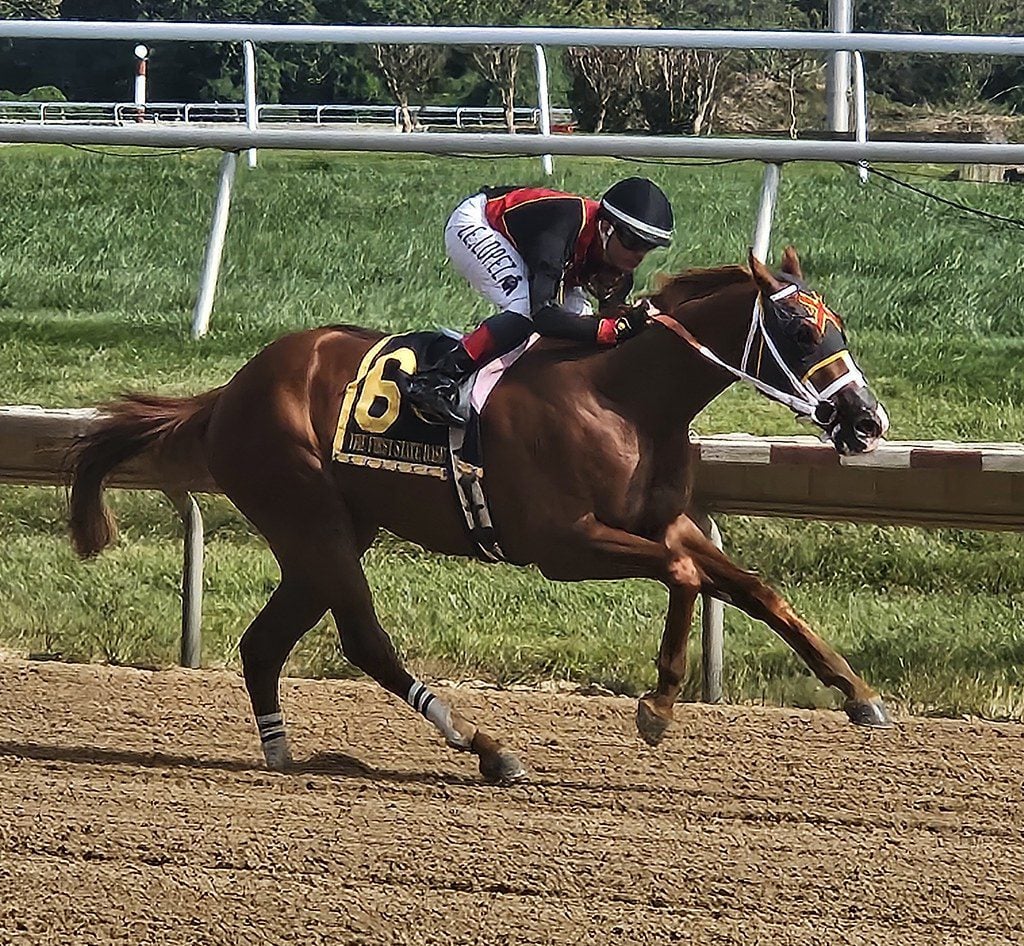
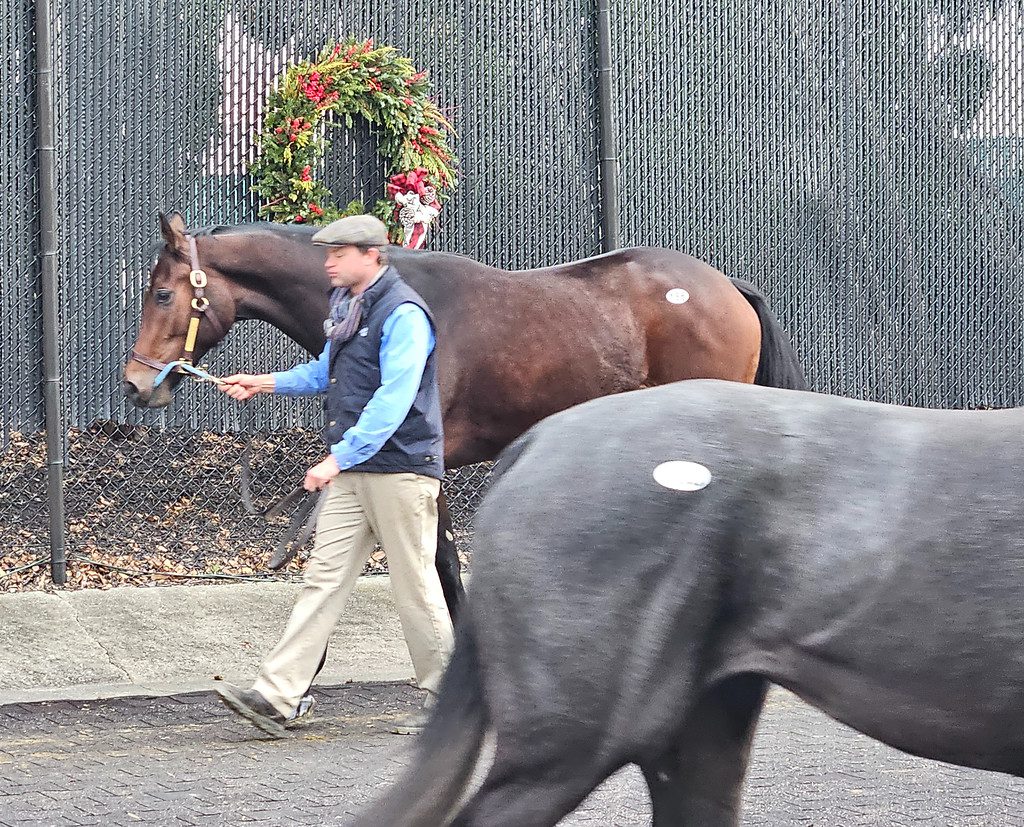
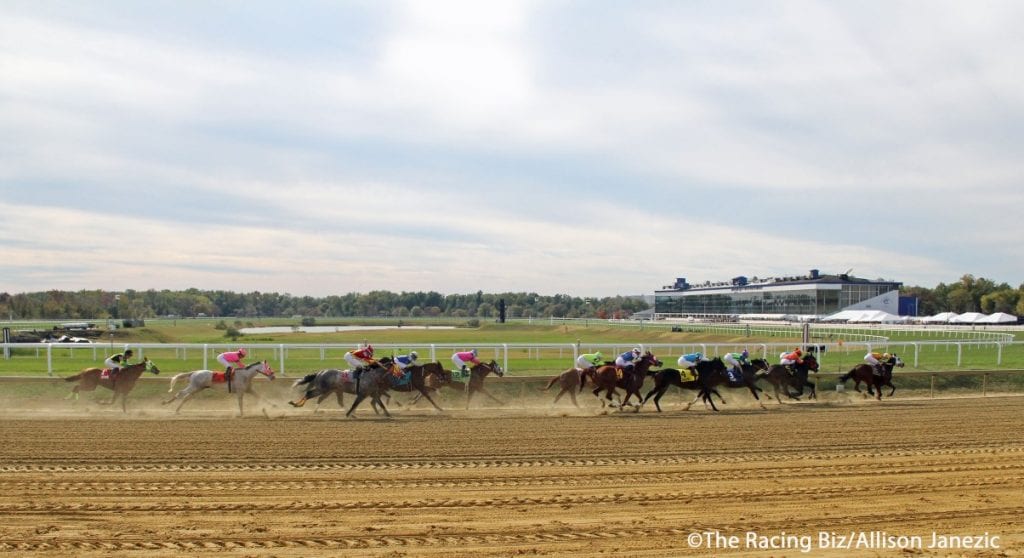
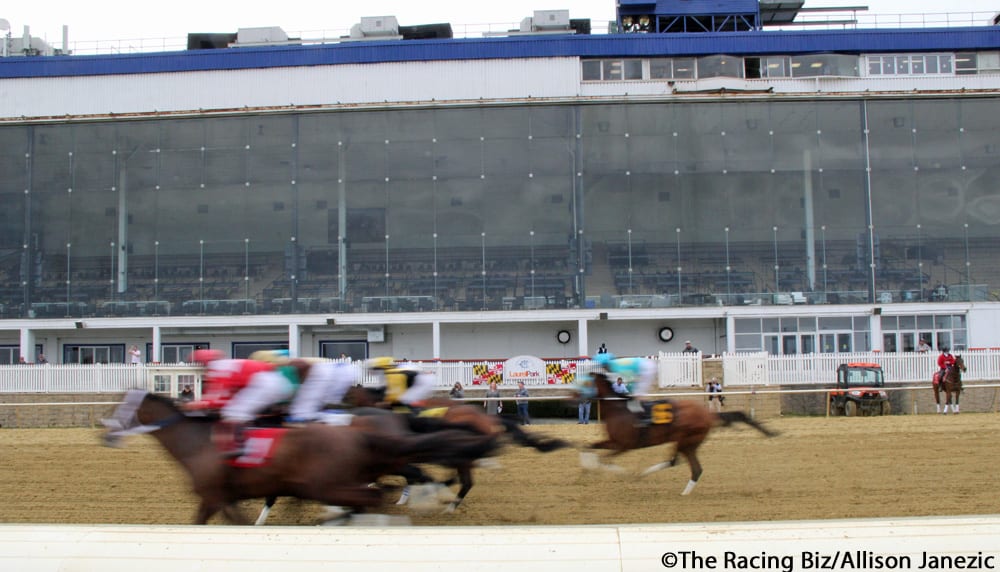


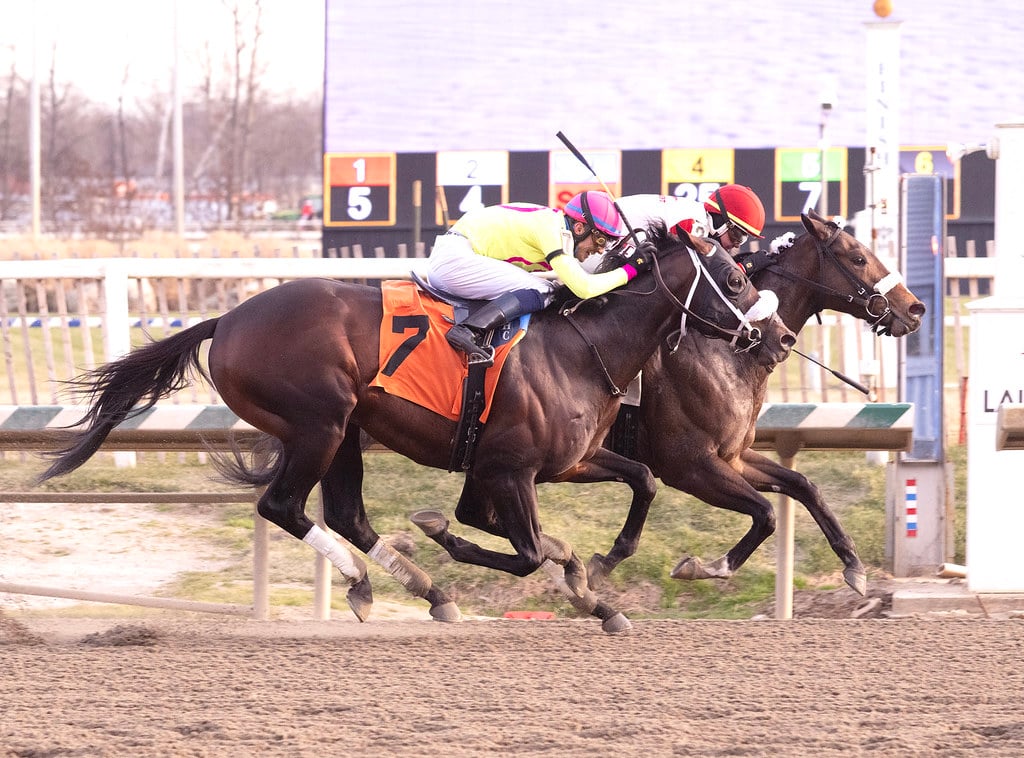
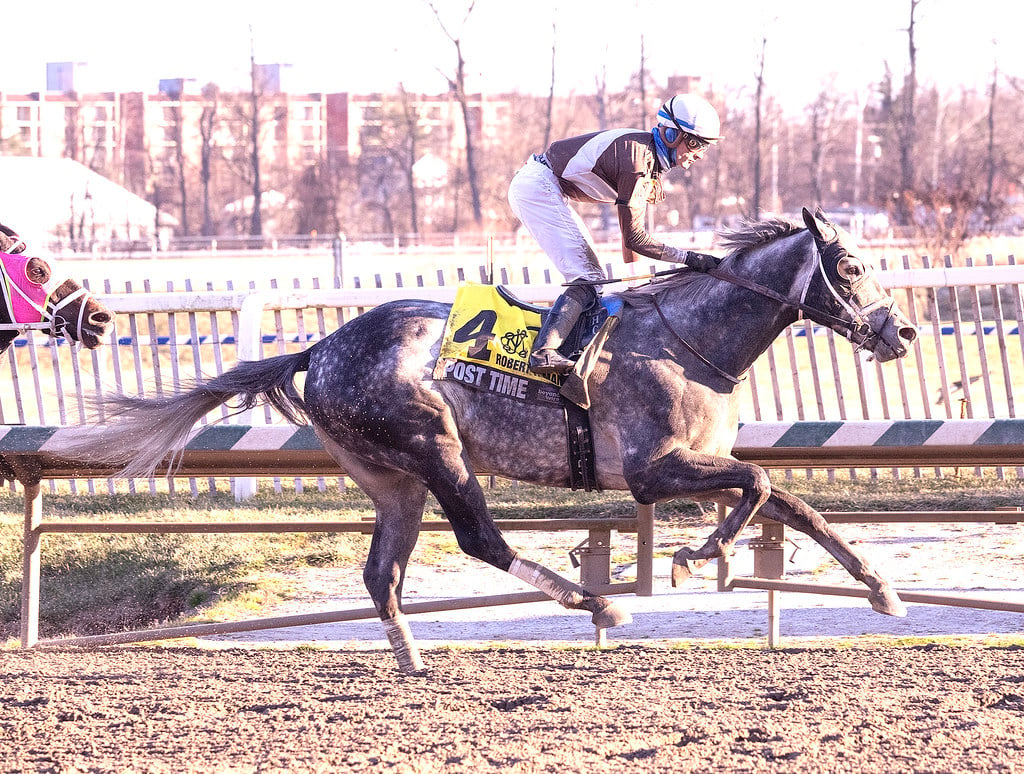

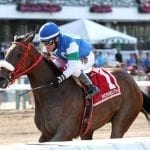

larry montalvo
28th Jun 2016Been around horses all my life. What these trainers are claiming cannot happen. If a horse ate this much bedding, the horse would colic and die, very simple. Take 3, 4, 5 of the horses that tested positive for glaucine, put them each in a stall with “hot bedding or sawdust” and see what happens. Obviously these horses like “hot” shavings, so it would be quite easy to simulate what these trainers are claiming happened. If a horse would eat these “hot shavings”, it would be for one reason, neglect and therefore these horses would not be racing.
The Biz
29th Jun 2016To be clear, it’s not just trainers saying this – it’s the testing lab saying it.
Daniel Gonzalez
14th Jul 2016They tested a sample directly from the manufacturer also and found the levels in the saw dust so it never made it into the hands of the trainers but yet the drug was there
larry montalvo
29th Jun 2016Protopine – An alkaloid found in opium in small quantities, and extracted as a white crystalline substance. Asimilobine and liriodenine can be purchased, http://www.emmx.com/asimilobine.html or http://www.emmx.com/liriodenine.html. Check for yourself. Order all powders and mix up your own “batch”. Blame it on the “hot shavings”. Makes sense to me. It would be very simple. Take the same horses and feed them the shavings. Did you know that there is oxygen and nitrogen present in the atmosphere / environment also. Race horses eat hot shavings on race mornings, sure they do. And they they don’t tie up or colic either. Amazes me what people believe when common sense is not used.
LP
29th Jun 2016Larry what do you think about the fact that this decision was made over a conference call rather than a public meeting (which was canceled)?
James
12th Jul 2016I thought most tracks only let you use straw ! Used sawdust 30 years farm no problems. They need to post trainers names!
Lp
29th Jun 2016The proper procedure to confirm environmental exposure would have been to test all horses in a trainer’s stable. Was this done? Nope.
larry montalvo
30th Jun 2016A European company, Sopharma sells glaucine in tablet form where the half-life is indicated to be 6–8 hours. Which means glaucine coming from shavings and for this to be effective on race days, the horse would need to eat a LARGE amount of its bedding, nobody notice, not get sick or colic, and then go race with a big performance later in the day. Last time I checked, I don’t run too fast when my stomach is tied up, how about you. Or possibly mix all the powders with the morning feed and the glaucine process starts. Common sense folks. Hopefully NY follows thru on the correct approach.
Joe
30th Jun 2016RMTC (Racing Medication and Testing Consortium) Task Force to Study Glaucine
The New York State Gaming Commission (GC) has received at least 35 written reports from its own highly regarded testing laboratory regarding positive tests for Glaucine at New York State tracks. Other jurisdictions have reported similar positives. Not only hasn’t the Gaming Commission taken any action to call for the return of purse money, much less done anything as required by its regulations; now the GC has now apparently decided that there is some reason to have RMTC conduct “research” on Glaucine, a drug manufactured and generally available outside the United States. This has been done despite the Gaming Commission’s research lab coming to its own conclusions; something in the past always deemed more than satisfactory.
Meanwhile, with no action taken, positive tests continue to be reported in New York and other jurisdictions. Presumptively, RMTC will issue a report about this drug at some point in time, but more time will obviously pass. One has to wonder why this unprecedented action is being done via RMTC and what data is being shared or withheld from RMTC?
RMTC was formed with the intent of developing a Controlled Therapeutic Medication Schedule (CTMS) to achieve uniformity in the use of therapeutic medications in race horses, while preventing medications and drugs from unduly influencing the outcome of races. The RMTC does not have a very good track record achieving its goals, and its scientific work in establishing thresholds has often left much to be desired. Dr. Scott Palmer, the New York Gaming Commission’s Equine Medical Director who sits on the newly announced Task Force, certainly knows that to be the case.
In the past, RMTC sought to provide a guideline for all breeds for Flunixin (Banamine) and for Clenbuterol for harness horses, to the New York Gaming Commission to adopt. The recommendations were not only contrary to some of RMTC’s own scientific guidelines, but its research, such as it is, remains hidden under a “confidentiality” agreement which prevents RMTC’s members from divulging even the research they reviewed, much less the scientific basis for their determinations on those thresholds. It is, of course, intuitively obvious that undisclosed, unpublished research can never fail to pass peer review. Had the New York Gaming Commission adopted those RMTC thresholds, New York horsemen would have suffered false positives, because the RMTC guidelines were, in point of scientific fact, erroneous, and later corrected.
By way of example, in 2013, RMTC adopted a threshold for Xylazine (Rompun) that was too low. That reportedly resulted in the disqualification and penalization of over thirty (30) horses and trainers. In 2016, after those horsemen were penalized, RMTC increased the threshold 20 times higher. Little good for those Florida horsemen who saw a spike in drug positive. Florida was one of twenty states adopting the much heralded National Uniform Medication Program. Uniform rule recommendations not based upon scientific fact present a horrible scenario for individual horsemen and the industry as well. What in God’s name was the was the basis for those RMTC recommendations in the first instance? Just this year two more threshold changes occurred; one for the analgesic detomidine, the other for omeprazole (ulcer medicine). The originally published RMTC thresholds were apparently not based on actual science at all, tantamount to perhaps being pulled out of a hat and conveniently protected under the confidentiality agreement.
The confidentiality agreement shielded RMTC from scientific scrutiny, the kind to which the New York Gaming Commission laboratory is subjected, as the industry bears witness to in contested cases where all underlying data is subject to legal and scientific challenge. RMTC, once received financial support from the USTA, saw that support come to an abrupt halt because it ignored the harness industry and the apparent failings discovered in push back by the SOA of NY. Thankfully, due to that aggressive push back the New York Gaming Commission did not follow the RMTC’s recommendations for Banamine and Clenbuterol thresholds. Thus potentially devastating catastrophes for horsemen associated that were to result from those guidelines, were avoided in New York. The Florida thoroughbred horsemen did not fair so well and today the HBPA begs to undue the RMTC uniform rule guidelines
Later, RMTC put out a threshold level for Cobalt which also seemed to be out of touch with actual research being conducted on the drug. Research funded principally by the USTA conducted by Dr. George Maylin, the New York Gaming Commission’s equine pharmacologist, as well as renowned researchers Dr. Karen Malinowski and Dr. Kenneth McKeever of the Equine Science Center at Rutgers University, exhibited clear problems with RMTC’s conclusions and recommendation in this area also.
After the RMTC litany listed, one would think that Dr. Palmer, the Equine Medical Director, not himself a research scientist, would know better than to look to RMTC for assistance of any kind on the reported Glaucine positives in New York. This is especially so, since the New York Gaming Commission’s lab should have, and did give consideration to possible environmental contamination in the levels reported to be found in both blood and urine. It is reported that the New York lab conducted tests to determine just how much a horse would need to eat of its own bedding to hit those levels allegedly found. Astoundingly, in order to achieve these levels, it was scientifically determined that anywhere from 3 to 10 quarts of shavings would need to be ingested.
Getting back to the basic problem with the RMTC selection, it should be noted that RMTC also developed an accreditation process for equine drug testing laboratories. Accreditation costs states money in order to meet the accreditation protocols; money that could have been better spent on research on drugs that were heretofore and still today, go undetected. Interestingly, when the Indiana Horse Racing Commission sent “audit samples” to a second lab for analysis, the second lab found several “positive tests” which were missed by RMTC’s accredited Truesdail Laboratories, Inc.
So what is the reason to have the RMTC Task Force study Glaucine? One stated reason is to consider where to put Glaucine in the system of drug classification. Well, if it is a bronchial dilator like Albuterol, Clenbuterol, Afrin or Fenspiride, which even RMTC calls threats to the integrity of racing, one would not need great intuitive powers to group the drug in the same class. One has to wonder if the New York Gaming Commission’s Equine Medical Director, Dr. Palmer, is searching for someone, anyone, to provide the Gaming Commission with some rationale for its departure from the normal process of having, the horse test clean, return of the purse for redistribution and affording the trainer the opportunity to present facts proving contamination, if indeed that is the case. The industry has now been waiting the six (6) months someone predicted this would take and the latter two items remain open in spite of GC regulations.
Therefore, one is prompted to ask if something else is going on here? Is it the pleading to the GC from an interested party when these positives first surfaced, telling them he was getting “crucified in the press”? Is it the fact that levels as high as 11 ng/ml, with the high number of positives, is just too much for the industry to swallow? With positives allegedly found in many places now, the mantra that some tracks claim to be the pinnacles of integrity become indelibly tarnished. In New York, no substance, other than listed permissive medications, is allowed to be present in a horse’s system within seven (7) days of racing. Glaucine has a half-life of only 6-8 hours and is not a listed substance. What will the marriage of RMTC and Glaucine produce? What is the expected gestation period, 6 , 9 or 12 months? Will confidentiality be waived?
It should be remembered that an industry which rightfully clamors for the need to detect previously unknown and undetectable substances, whose origins are in foreign countries, like Fenspiride and Clenbuteral were years ago, must acknowledge that it still wants new substances detected. If not we are wasting a great deal of time and effort for naught.
In sum, there is no “cover” for lack of integrity, and while horsemen do push the envelope as far as they can sometimes, neither regulators nor scientists should demonstrate anything less than the responsibility accorded the roles in which they are vested. Often, however, they seem to have difficulties to getting out of their own way. The NY Cobalt reported positives meted out as career-ending fines and suspensions were negotiated out to much lesser penalties but that was not reported.
The multitude of horsemen in New York and elsewhere will continue to watch this Glaucine saga quite closely, and with much scrutiny being given to the process itself. The prime open question here is: with RMTC’s questionable track record and its confidentiality requirement which doesn’t lend itself to any scientific scrutiny, what is the exercise trying to achieve?
Hopefully, for the good of this game, warts and all, the RMTC group assembled, was not cherry picked for some questionable purpose. The industry deserves the facts based upon solid, verifiable scientifically data for the good of all, especially for the good of the game itself.
larry montalvo
30th Jun 2016Joe; If NY has done its research, and is on solid ground, it is time to move onto the next step. Issue the penalties and let the process / rambling start. Based on your testing, the accreditation of the labs doing the testing , the integrity of the personnel doing the research and testing will all come into play, always does, whether it be now or later. To an extent, NY has created some of its own CHAOS by playing hide and seek. Its time to move on this issue.
arthur duffy
03rd Jul 2016years ago at rockingham park several trainers had positives for cocaine found to be in the hay they were cleared